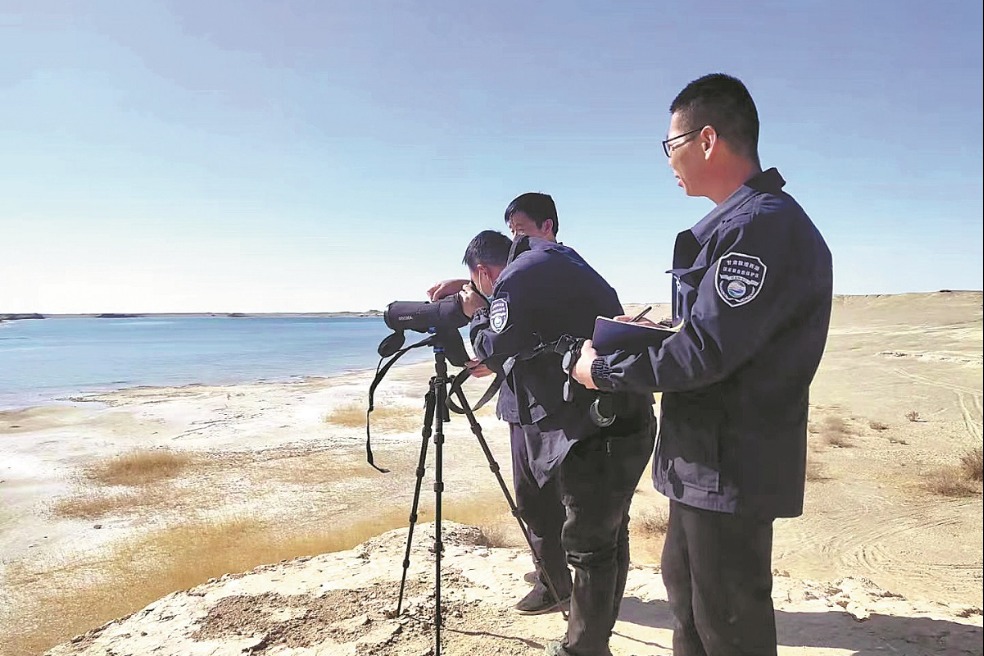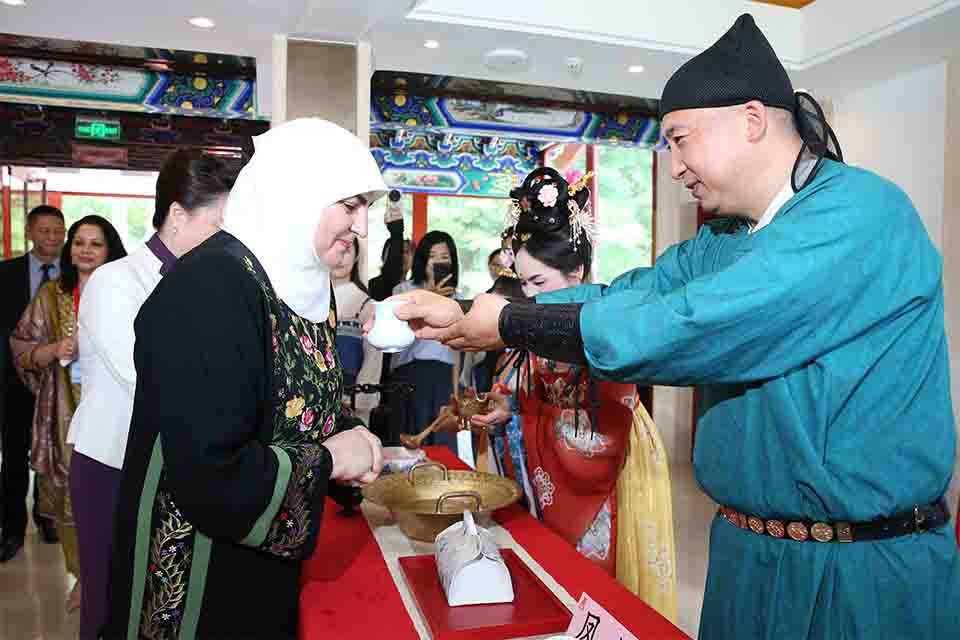More zebrafish to swim in China's space station

SHANGHAI -- In 2025, six zebrafish are set to journey to China's space station, assisting scientists in exploring how the space environment impacts the muscle and skeletal development of vertebrates. This research is expected to bolster long-term human survival in space and pave the way for interplanetary habitation.
A "fishbowl" in China's Tiangong Space Station will house six zebrafish and six grams of Ceratophyllum this year, according to Wang Gaohong from the Institute of Hydrobiology of the Chinese Academy of Sciences, who spoke to Xinhua on Monday. The study will focus on the impact of microgravity on the proteins in the zebrafish's bones and muscles. Once the experiment comes to a close, the fish will be frozen and brought back to Earth for further analysis.
In April 2024, a container with four zebrafish and four grams of Ceratophyllum was sent to the space station by Shenzhou XVIII manned spaceship, forming China's first space-based self-sustaining aquatic ecosystem. This space aquatic ecosystem ran smoothly for about 43 days, setting a global record for the longest operational duration of such a system.
"The typical lifespan of zebrafish is two to three years. Therefore, their 43 days in space is equivalent to a human spending three to four years there," said Wang, who is in charge of the experiment.
The "Tiangong fishbowl" currently in development has a volume of only 1.2 liters, equivalent to two bottles of drinking water. Conducting long-term breeding experiments for zebrafish in such a small space presents various challenges. To address these issues, researchers dedicated three to four years on Earth to preparation and planning.
Just as astronauts face rigorous selection, so do the zebrafish bound for space. "The four zebrafish that entered the space station were selected from 200 candidates. They need to be adults in good health, and they also need to have a stable temperament and be compatible with one another," Wang said.
When the first images from the "Tiangong fishbowl" were transmitted back to Earth, Wang was elated. "We left a bit of air in the container. In space, it mixed with the water and created beautiful bubbles, resembling a crystal palace."
During the 43-day space experiment, Wang and fellow scientists monitored the "Tiangong fishbowl" around the clock from Earth.
They observed that the Ceratophyllum and zebrafish initially showed instability in various metrics but gradually self-regulated and adapted to each other. The Ceratophyllum maintained robust photosynthetic activity throughout its stay in orbit.
Initially, the zebrafish displayed abnormal spatial behaviors, such as upside-down swimming and circling. "Like humans, fish cannot discern up from down in microgravity, leading to disoriented movement," Wang explained.
The water samples collected from this space aquatic ecosystem returned to Earth with the Shenzhou-18 spacecraft in November 2024, and scientists are now delving deeper into their analysis.
Zebrafish share a high genomic similarity with humans. They are small, reproduce rapidly, and have a short development cycle, making them a prime model organism in life sciences. They're widely utilized in research spanning various fields, including hematopoiesis, cardiovascular health, kidney, skeletal systems, tumor and epilepsy.
Microgravity in space can induce a range of pathophysiological phenomena in humans, such as cardiovascular issues, weakened immunity, bone loss, muscle atrophy, and hormona imbalances. Understanding these effects is a key scientific endeavor in space biology. This study will enhance our collective understanding of how the space environment impacts genes, cells, and overall life.
This study has laid a strong foundation for research on astronaut health using zebrafish as a model, Wang said. "Looking ahead, as humans contemplate leaving Earth for other planets, sustainable life support is crucial. Aquatic creatures like fish and shrimp, with their high feed conversion rates, could be an ideal source of protein."
- Heavy rainfall causes waterlogging in Central China's Hunan
- China to add 23 vocational universities
- China launches crackdown on online defamation, extortion targeting businesses
- Firefighters rescue 82-year-old man who went missing in deep mountains
- New measures boost Guangzhou airport development
- Square-faced monkey passes away at Hefei wildlife park





































